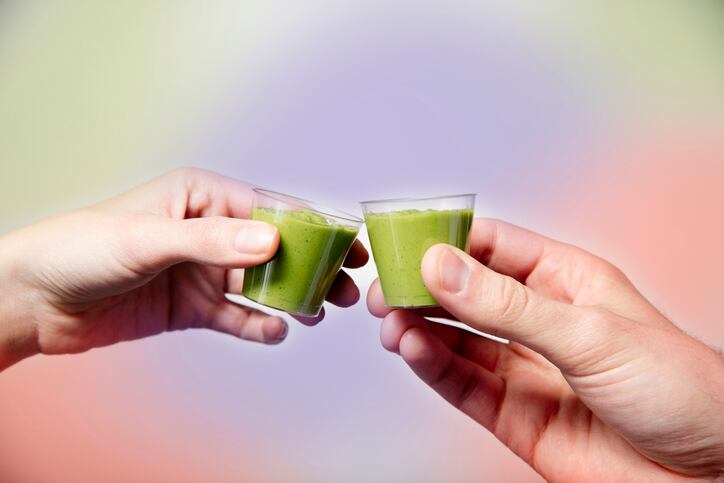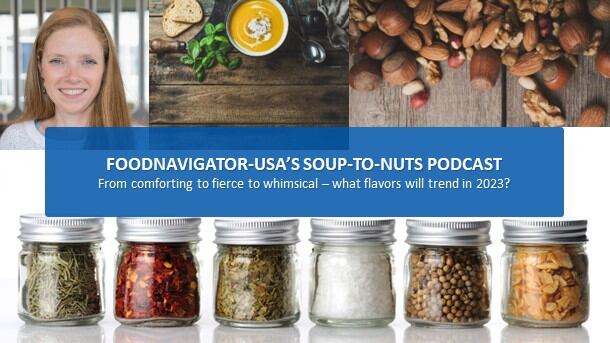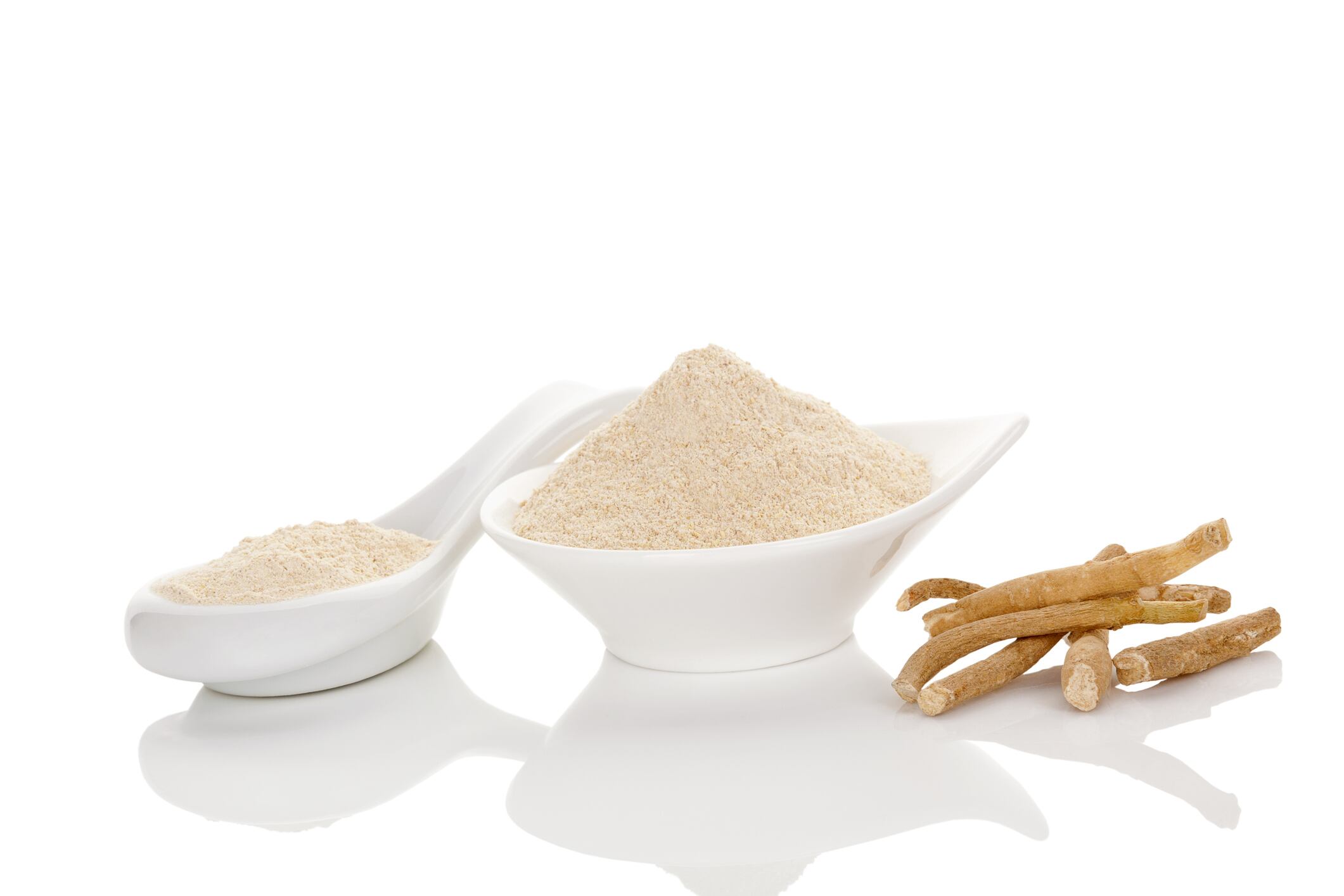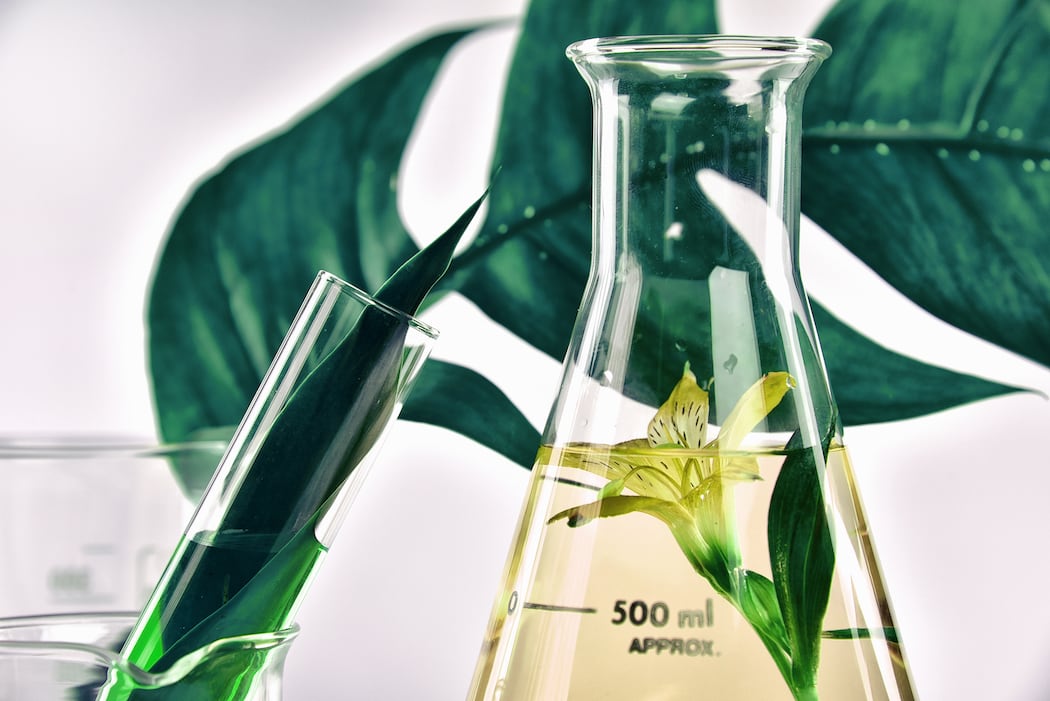The technology was presented to the market at the recent SupplySide West trade show in Las Vegas, by its developer, Belgian firm Eleonor.
The technique might be new to the supply chain of botanical ingredients, but it’s not new per se, said one of the company’s officers, industry veteran Benoit Turpin. Turpin has a long history in the development and sales of food ingredients, including a stint with American firm Milk Specialties Global. His remit at Eleonor is to extend the company's offerings to the US food and beverage markets.
“it’s a technique that has been used in pharma for decades,” Turpin said. In the pharma space, many of the active pharmaceutical ingredients are small molecules, some with problematical formulation properties. Various approaches have been developed to make these APIs viable from formulation, manufacturing cost and shelf life perspectives.
Patented technology
In Eleonor's case the technology carries a number of patents registered in Belgium that have been extended to the US market. The first patents on the technology date to 2018.
“It’s not an encapsulation approach, and it doesn’t have to do with micro particulates, either,” Turpin said.
The patents cover a broad array of possible approaches as they apply to the functional improvement of natural ingredients. The patents speak of ‘natural or synthetic’ versions of proteins, oligosaccharides and polysaccharides that are ‘thermoformed’ into the final state with the relevant bioactive.
“We are using food grade carriers to work with one or several actives and we make those actives much more dispersible and soluble,” Turpin said.
Long list of finished prototypes
A common question with these approaches when they are displayed at trade shows is, those prototypes are all fine and good, but will it work with the ingredients I’m interested in? The food and beverage development highway is littered with the wrecks of promising projects that were unable to make the finish line despite months or years of effort and expense.
Turpin said one reason the company’s technology made such a splash in Las Vegas is that the Eleonor team went the extra mile to demonstrate the technology with a significant number of ingredients, proving its broad applicability.
The company already has 15 plug and play ingredients ready for finished formulations. They range from botanical ingredients normally offered as powdered or liquid extracts such as Andrographis, Boswellia and Zeaxanthin to organic acids and even mastic gum. The technology has also been demonstrated with CBD.
In each case, the Eleonor technology will greatly improve the solubility of these ingredients, most of which have been difficult or impossible to use in beverages and/or foods because of formulations issues. In most cases, these ingredients have been restricted to capsule or softgel delivery as dietary supplements.
Cashing in on ‘food as medicine’ trend
Turpin said that will open doors for formulators seeking to capitalize on the ‘food as medicine’ movement. According to data from IRI, 9 out of 10 US consumers practice some form of self-care and they are no longer looking for a single brand or product to solve their needs. A recent report listed ‘holistic health’ as one of the key emerging trends.
Turpin said wellness shots are among the early low hanging fruit for the technology.
“A lot of the ingredients we work with were not available for shots or other RTD applications,” he said. “We see active nutrition and sports nutrition as the first, biggest markets.”
Turpin said it will allow formulators to hook in to significant research backing when formulating claims.
“We take well studied ingredients and just make them better,” he said.
Sustainability benefit
In addition to the formulation advantages, Turpin said the approach can offer sustainability wins, too, in that less of what in some cases might be rare bioactives can be used to meet functionality goals.
“You hear about sustainability left and right. Here you have a technique that is timely. Imagine when it might mean for the use of some scare natural resources,” he said.




